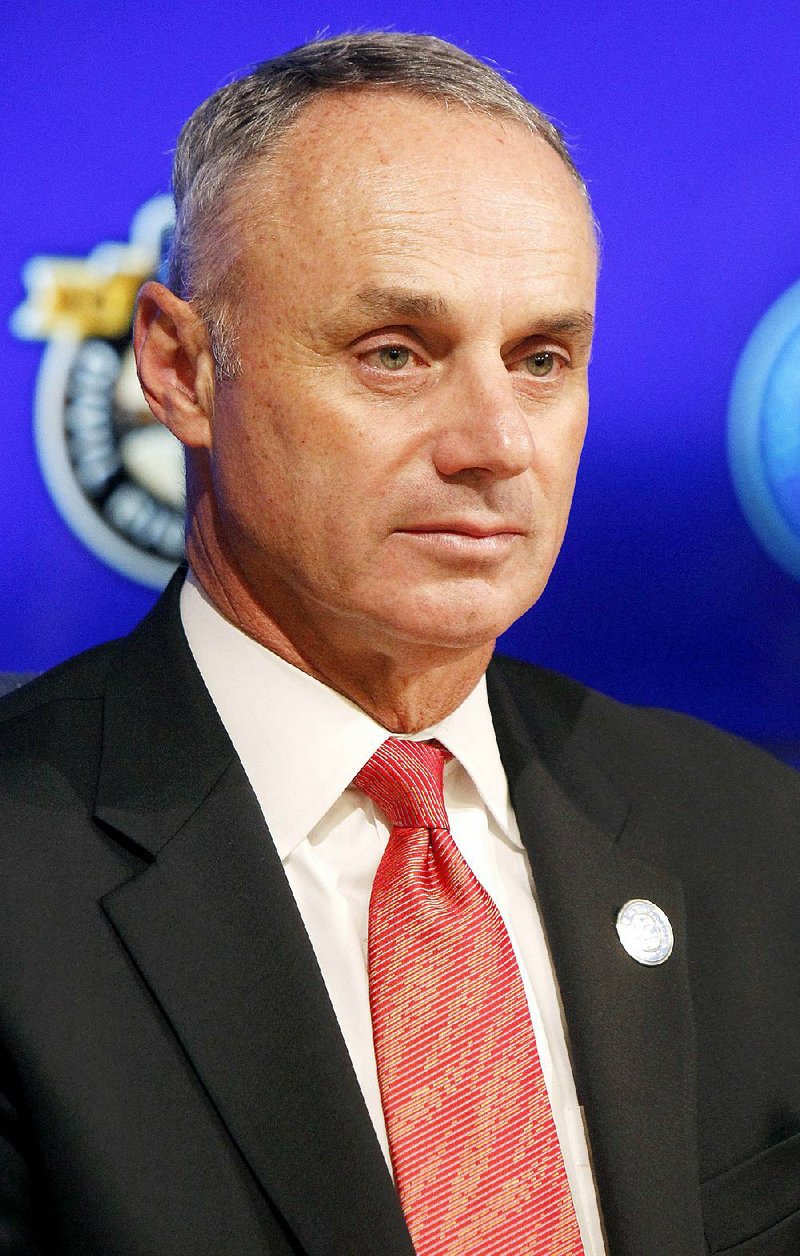In an age of designer steroids engineered to beat stringent testing, the anabolic steroid stanozolol existed for years as a chemical relic.
Testers had been catching it in athletes since the 1988 Seoul Olympics, when sprinter Ben Johnson lost his gold medal. Mentions of stanozolol peppered the Mitchell Report, but it rarely surfaced in baseball once the sport instituted drug testing. Stanozolol worked, but it would also get you suspended, so it largely disappeared.
All of which made this spring so puzzling and, for baseball, so potentially troubling. In the span of 17 days between March 27 and April 11, Major League Baseball suspended four major league players 80 games for failing a performance-enhancing drug test. The players -- New York Mets closer Jennry Mejia, Minnesota Twins starter Ervin Santana, Atlanta Braves reliever Arodys Vizcaino and Seattle Mariners reliever David Rollins -- all tested positive for stanozolol.
The spate of failed tests both vexed the sport and moved the league to action. MLB launched an investigation based on the model the league used to thwart Biogenesis, the purported aging clinic that peddled testosterone and human-growth hormone to several players, Alex Rodriguez most infamous among them.
"Other than the similarity of substance, I have no reason to believe right now that [the positive tests] are connected," MLB Commissioner Rob Manfred said Monday in Toronto, according to The Associated Press. "Having said this, whenever we have a series of tests for a single substance, we undertake an investigative effort to determine whether there's a connection and what that connection might be. If you look back, the very beginning of Biogenesis was the fact that we had a series of testosterone positives that began our investigative process, so we'll follow that same model."
The resurgence of stanozolol baffled experts and prompted speculation. Dr. Charles Yesalis, a longtime Penn State professor and consultant to sports leagues and government agencies on issues pertaining to steroids, refuses to believe the positive tests couldn't be somewhat related. How they might be related, though, is another question.
"I have no clue, because this is weird," Yesalis said. "I don't know this commissioner, and I don't care what the hell he says. There is no way, in my mind, this is one big coincidence."
Sold as Winstrol, stanozolol is commonly ingested in tablet form and can also be injected. It is known as a "cutting steroid" because of how it promotes fat loss and building lean, hard muscle. Its most damaging negative side effect is liver failure. Tests catch it easily because it remains in a user's system for a long time.
"It's an old-school steroid that would have given them a big advantage," said United States Anti-Doping Agency CEO Travis Tygart.
The Mitchell Report cited five major leaguers, including Jose Canseco, who had used or purchased stanozolol. But MLB had not suspended any major league player for the substance since Rafael Palmeiro received a 10-game ban in 2005.
"It really is hard to explain," Manfred said on opening day at Nationals Park in Washington, before Mejia's failed test.
"Because the particular drug involved is one that's not particularly hard to catch in a drug test."
Tygart, who is often tough on leagues' testing policies, praised MLB's drug program and believed the suspensions reflected a tough policy, particularly its offseason testing. He expressed optimism MLB would get to the bottom of why the positive tests had occurred.
"It's bittersweet," Tygart said. "You're disappointed on the one hand. On the other hand, when they make that decision and they're caught, that's a good outcome for clean athletes. Every issue brings to mind more issues you want to know more about and investigate.
"In this business, we've seen enough to know you don't rule anything out and rule anything in. The fact that it's the same substance in and of itself doesn't suggest anything more than you need to follow up on the investigation."
Sports on 04/17/2015
